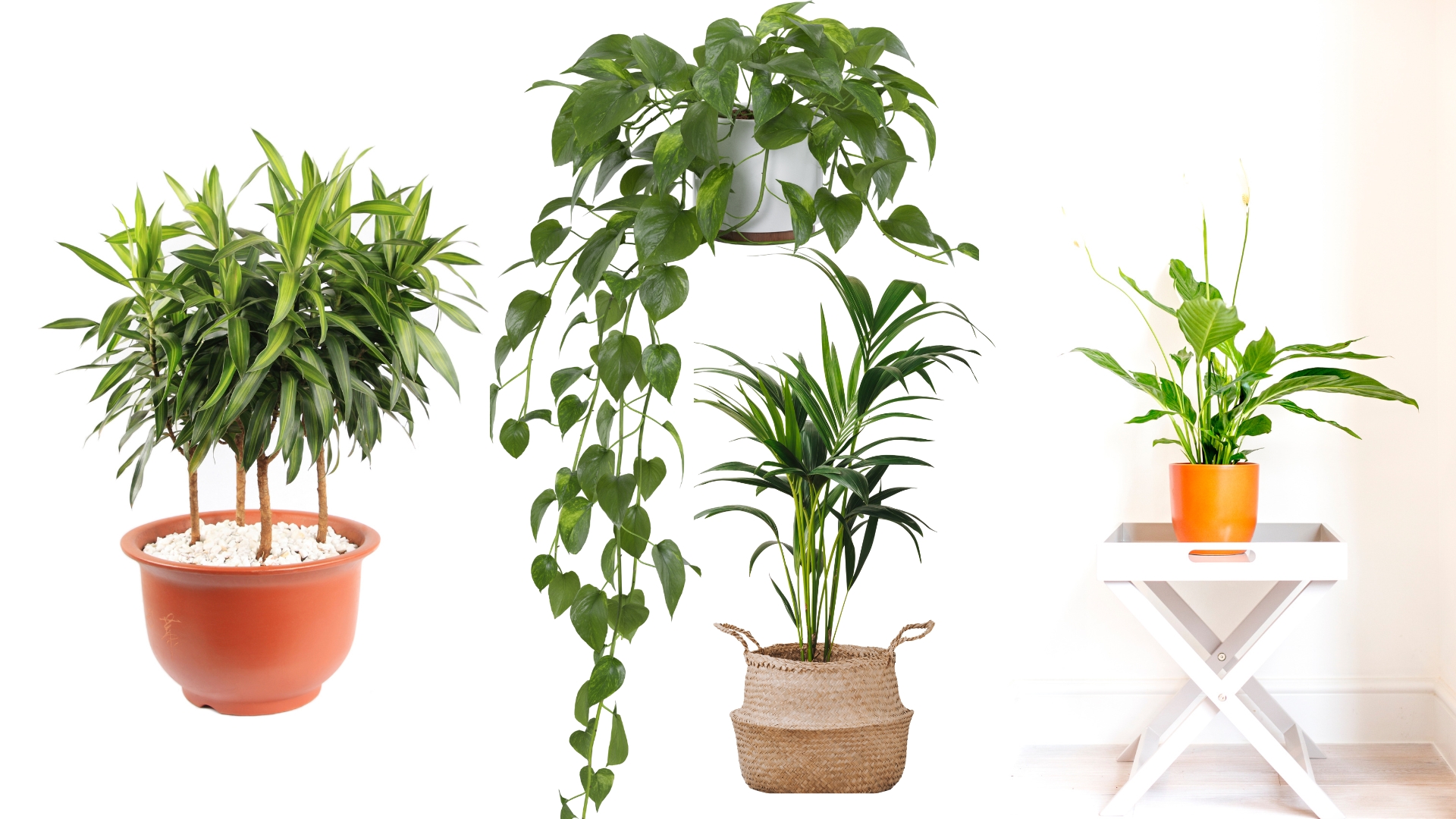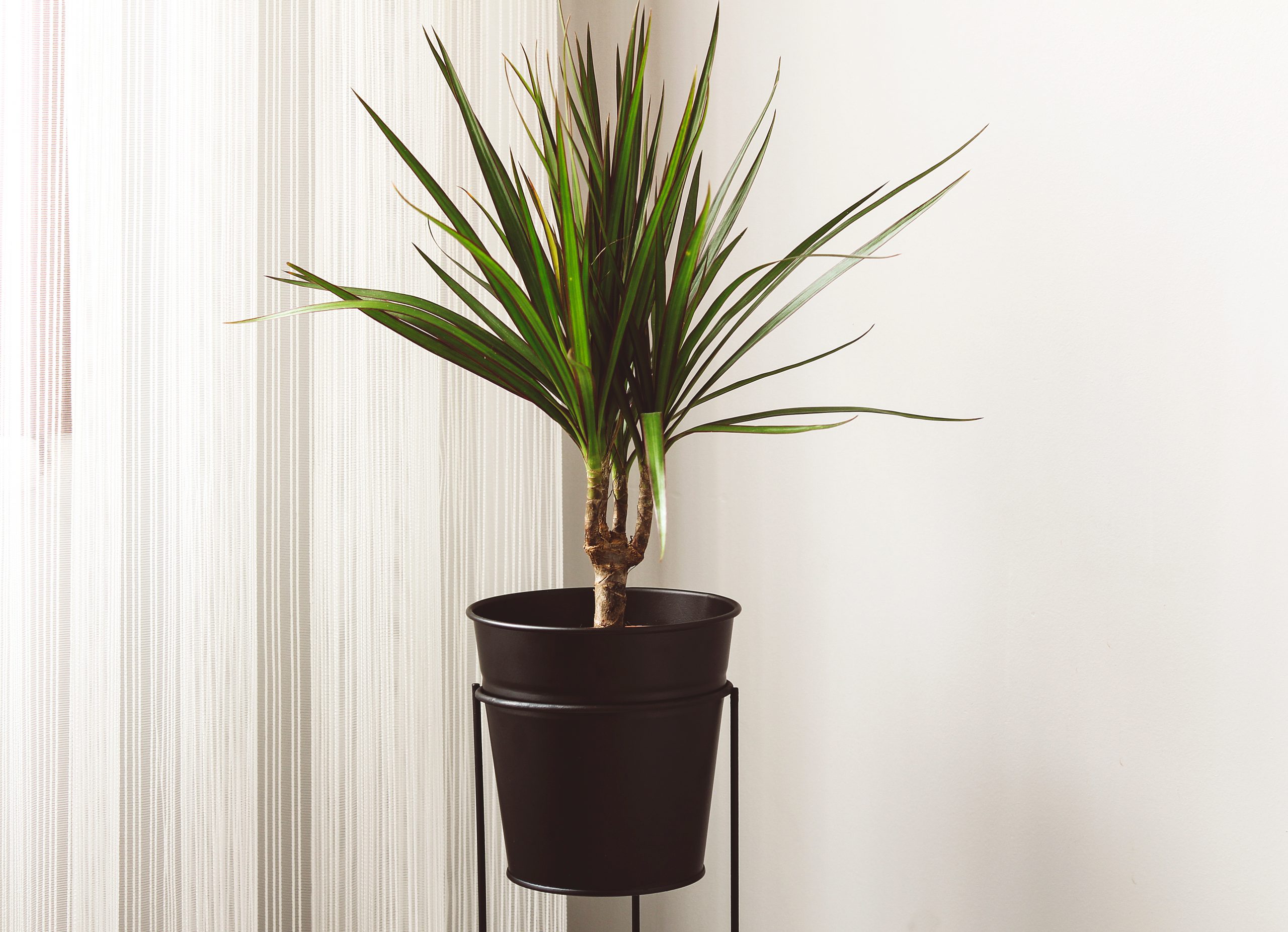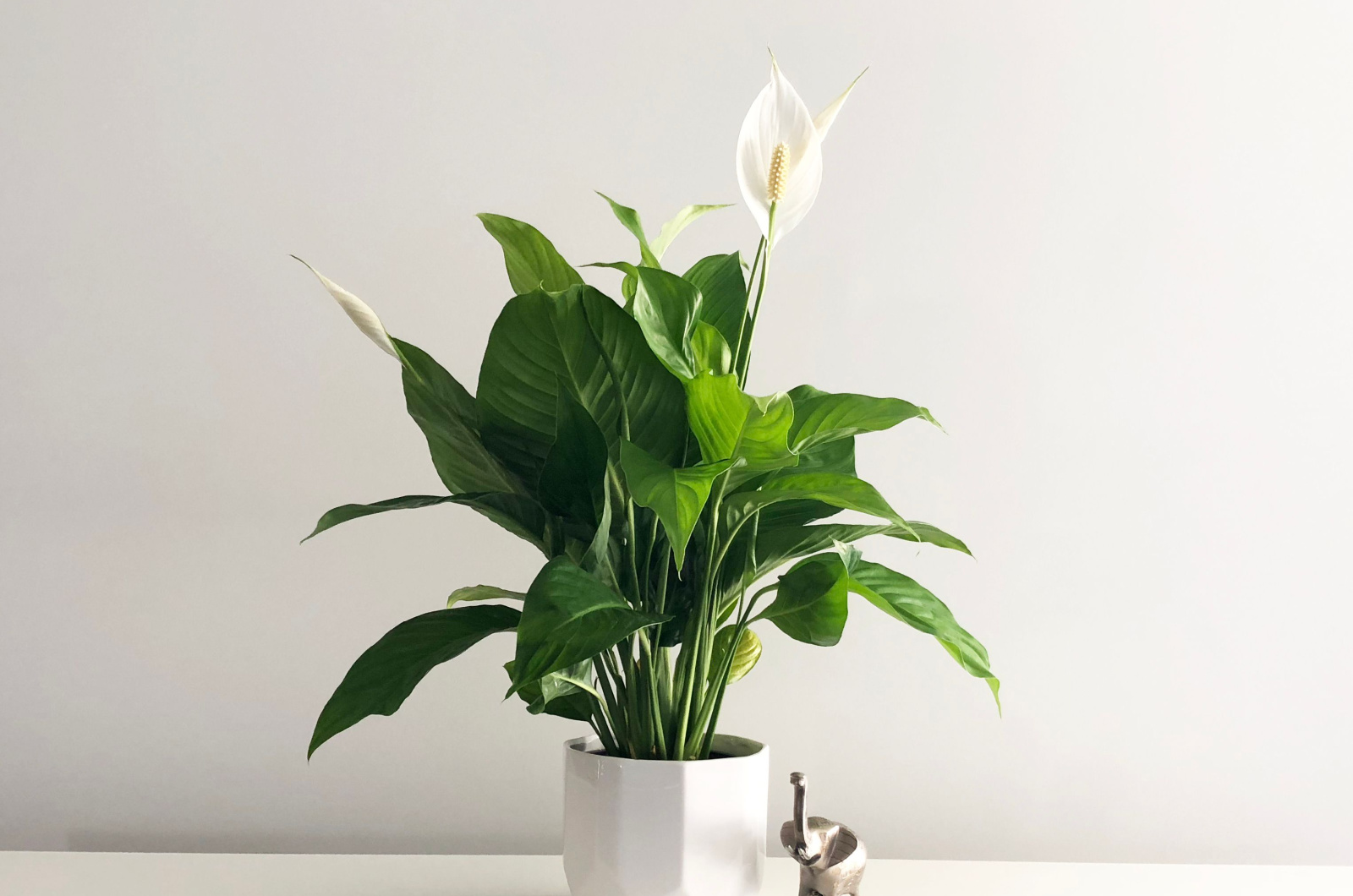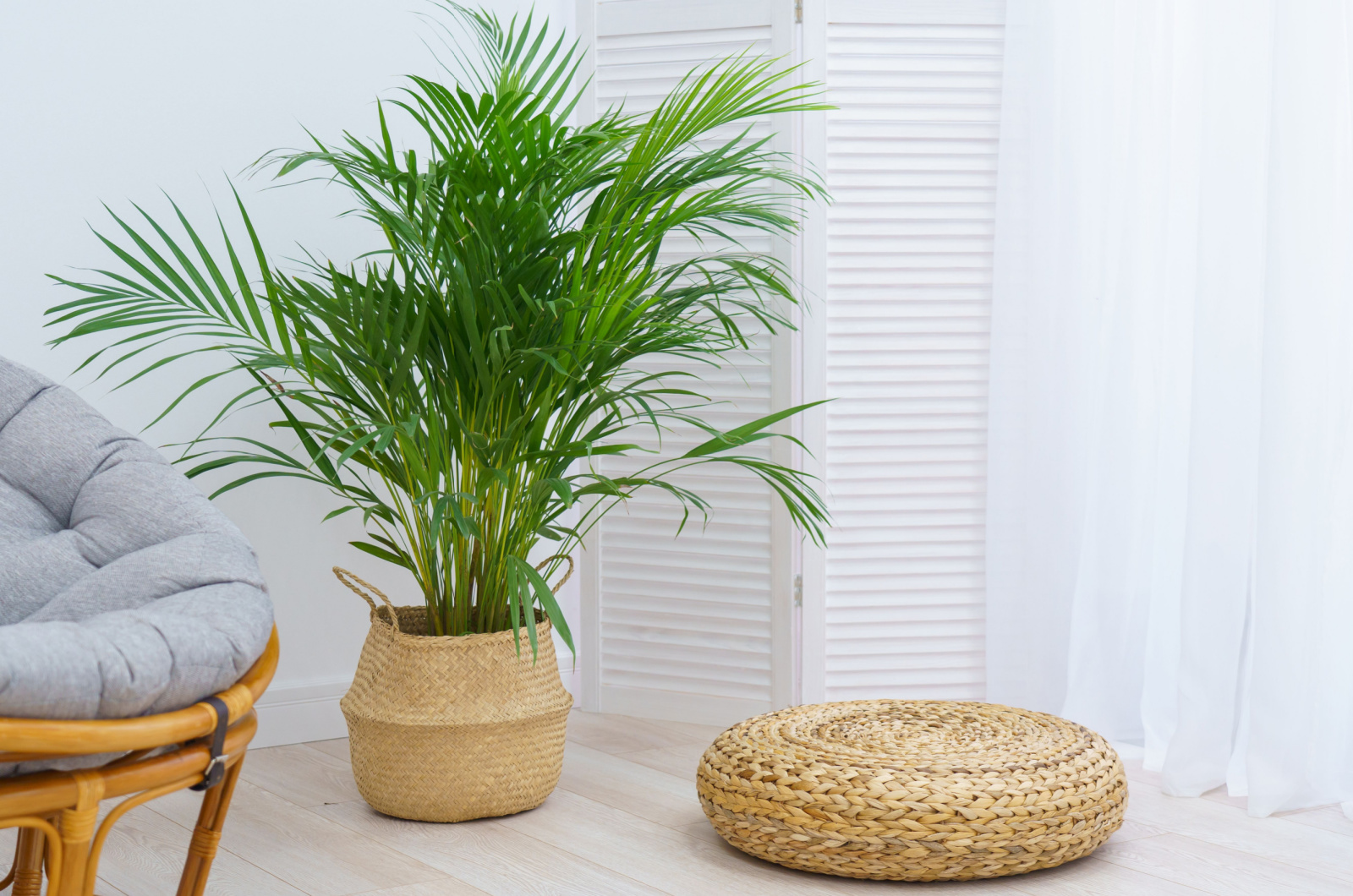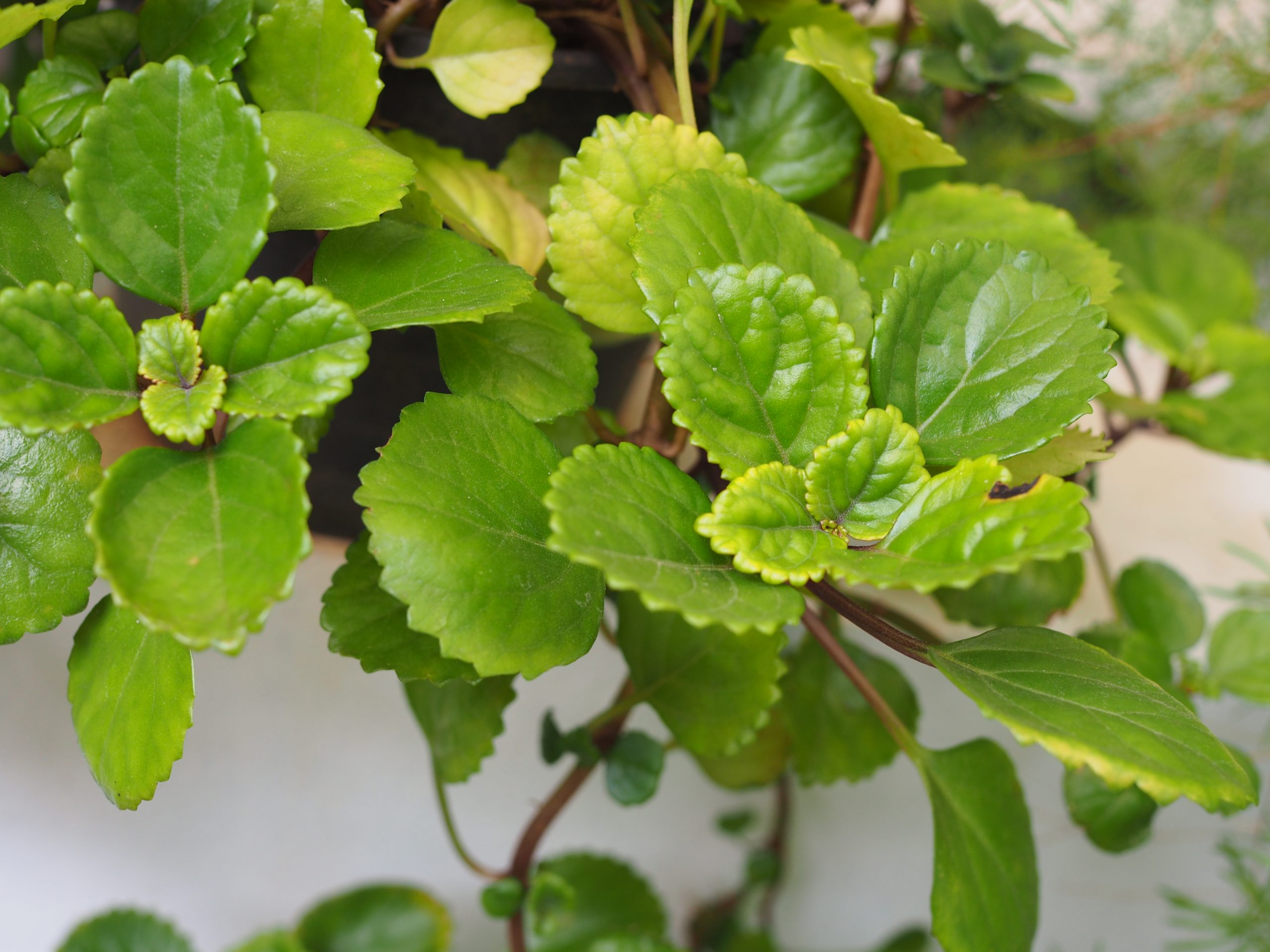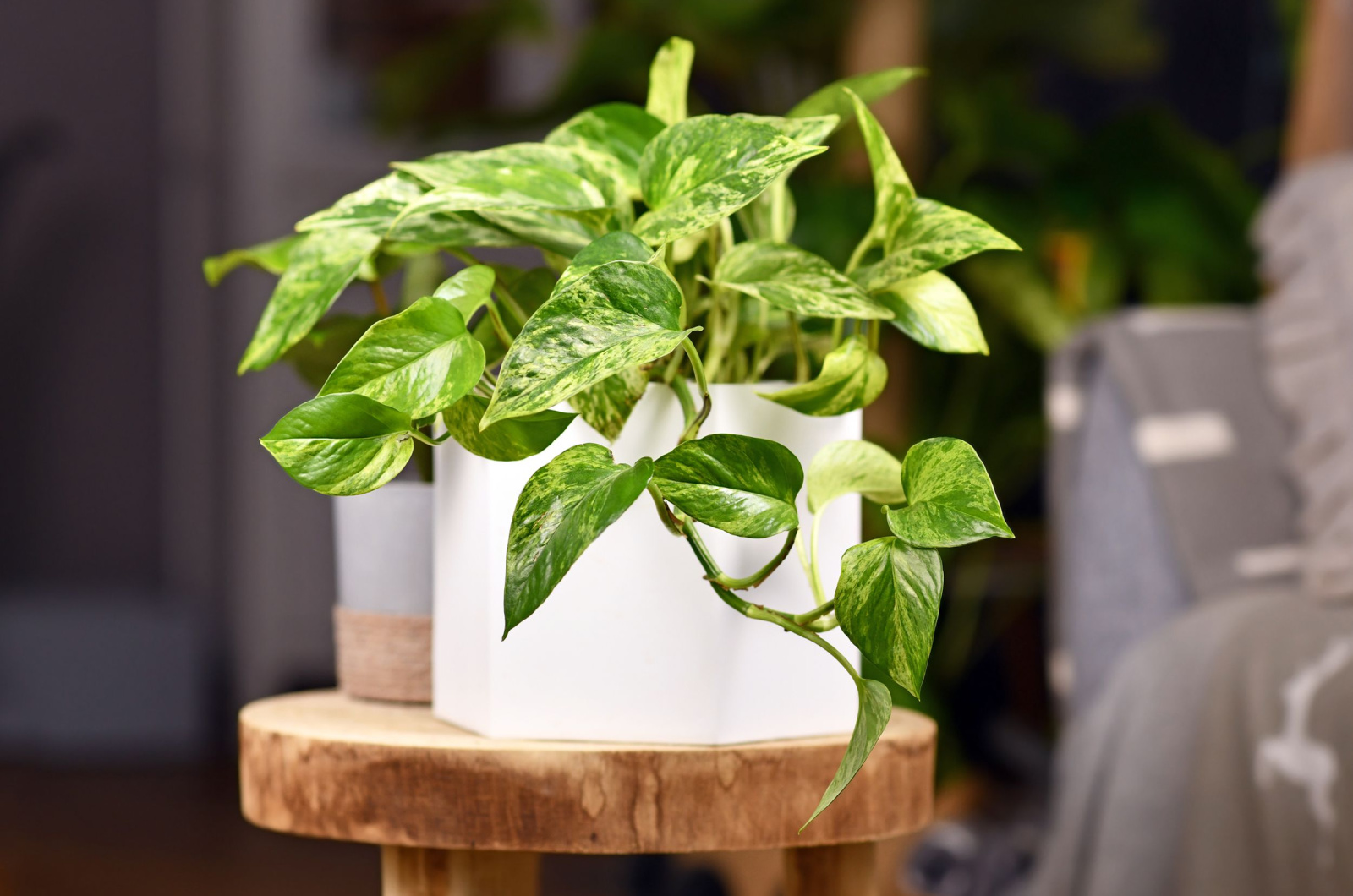Do you suffer from allergies, especially during springtime? Fear no more, because these plants are here to help you!
We all know that allergies don’t magically disappear when you come indoors – it seems as though pollen gets everywhere. However, you can tackle this issue by growing non-flowering houseplants.
According to Dr. Sanjeev Jain, certain plants produce oxygen, filter the air, and improve its quality. This lets you decorate your home while also promoting a healthier environment that can ease allergy symptoms.
So, instead of buying lots of medicine, read on to find the best houseplants for allergies.
1. Dracaena
Dracaena is excellent for allergies as it helps remove common indoor pollutants like formaldehyde, trichlorethylene, and benzene from the air. In addition to adding visual appeal, its sword-like leaves makes an indoor space healthier and cleaner.
Plus, these are relatively low-maintenance plants that can endure different light settings, but remember that each type has its own requirements. Carefully examine your Dracaena plant and find the best care guide for it!
Related: According To NASA, These 18 Plants Are The Best At Naturally Filtering The Air In Your Home
2. Peace Lily
The Peace lily not only adds a touch of peace, beauty, and harmony to your indoor space, but also contributes to allergy relief. It is known for its air-purifying properties, effectively reducing mold spores and airborne allergens.
Combine different Peace lily varieties to increase the chance of improving your indoor air quality. These are also easy to care for – they do best in indirect light conditions and will droop if they need watering.
3. Areca Palm
This tropical plant is a powerhouse in filtering out airborne toxins, including formaldehyde and xylene. Its dense fronds act as natural air purifiers, creating a fresher atmosphere that can be particularly beneficial for individuals prone to allergies.
However, Areca palm will require higher humidity to grow and thrive, so you might want to consider investing in a humidifier or placing a pebble tray to increase the humidity around it.
4. Aglaonema
Aglaonema, or Chinese evergreen, is an excellent choice for allergy sufferers since it produces large, ovate leaves known to remove common indoor pollutants, such as benzene and formaldehyde.
The Chinese evergreen plant can spruce up your space while actively working to enhance air quality, making it an ideal choice for those with allergies.
Variegated Algaonemas will appreciate more light, but regular ones will do just fine in indirect light settings. Keep the soil moist but not soggy, and make sure that your allergy plant has enough humidity.
5. Swedish Ivy
Swedish Ivy is beneficial for allergies as it helps filter out airborne irritants, contributing to improved indoor air quality. Its cascading vines and vibrant green leaves should be kept in bright, indirect sunlight.
They do well in hanging baskets, but you can also simply put them on a shelf. Make sure that the temperatures around it don’t drop below 60 degrees Fahrenheit. You can either mist them regularly or keep them in a more humid room, such as a bathroom or kitchen.
6. Golden Pothos
Golden pothos is a popular houseplant that effectively combats indoor air pollution. Their heart-shaped leaves are great for increasing oxygen levels, and also for filtering pollutants such as formaldehyde.
Although Golden pothos is a plant that can grow well in different light settings, it will be the happiest in bright, indirect sunlight. You can put it in pots or hanging baskets, just make sure to water it when the soil feels dry.
Also read: Bathroom Plants That Absorb Moisture (No More Steamy Mirrors!)

